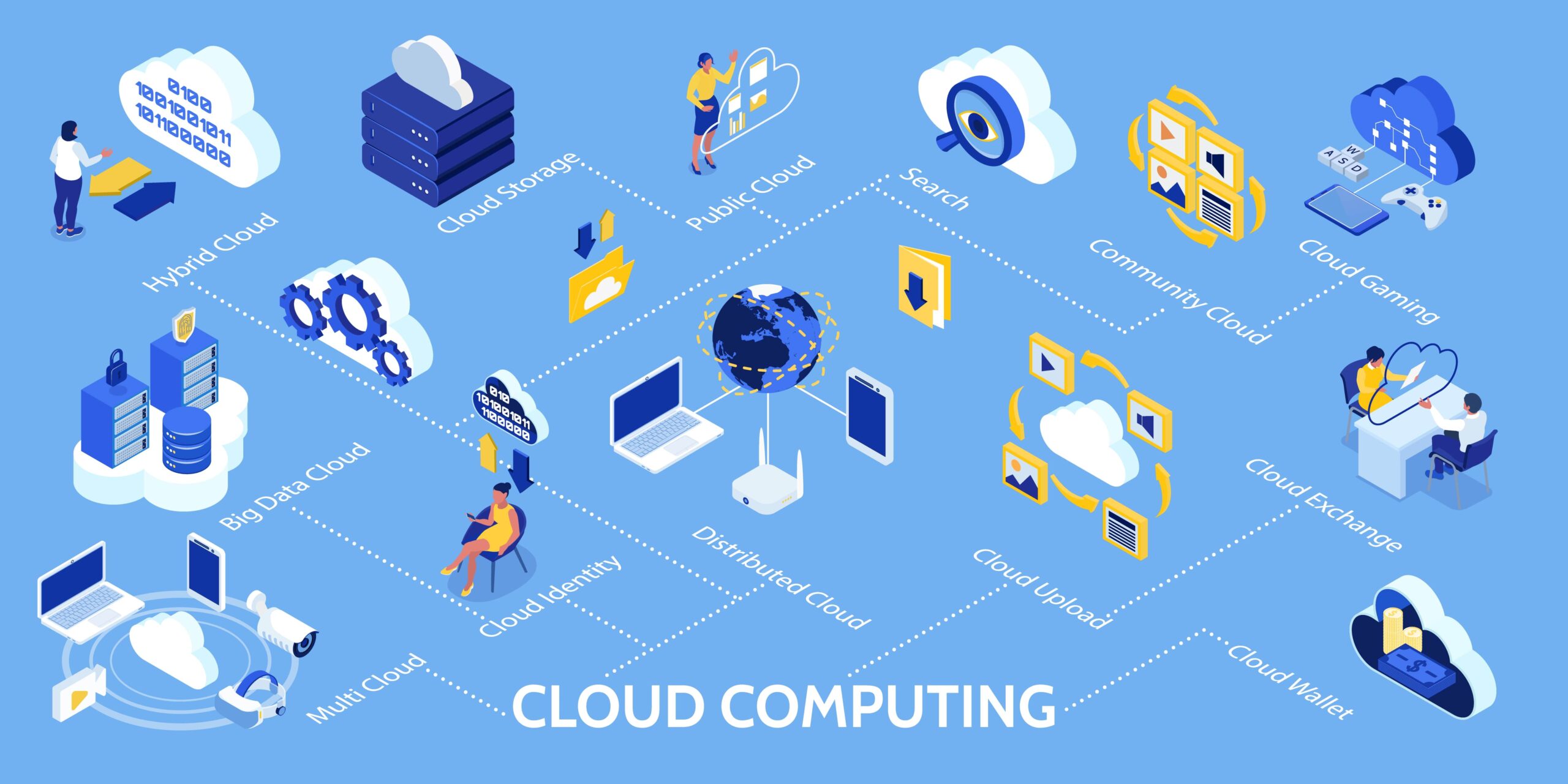In the ever-evolving landscape of digital transformation, cloud computing has emerged as a cornerstone technology, revolutionizing how businesses operate and deliver services. However, the rapid proliferation of cloud-based solutions has raised concerns about their environmental impact and energy consumption. As organizations increasingly prioritize sustainability, achieving energy efficiency in cloud-based solutions has become a critical objective.
Understanding the Environmental Impact of Cloud Computing
Cloud computing encompasses a spectrum of services—from infrastructure to software—delivered over the internet. This model offers scalability, flexibility, and cost-efficiency, enabling businesses to streamline operations and innovate rapidly. Despite these benefits, the infrastructure that supports cloud services consumes significant energy.
Energy Consumption in Data Centers
Data centers, the backbone of cloud computing, require substantial energy to power servers, cooling systems, and networking equipment. The exponential growth in data storage and processing demands has intensified this energy consumption. According to studies, data centers globally consume about 200 terawatt-hours (TWh) of electricity annually, a figure projected to rise significantly in the coming years.
Carbon Footprint of Cloud Services
The energy-intensive nature of data centers translates into a substantial carbon footprint. Factors such as electricity sources (renewable vs. non-renewable) and cooling methods significantly impact the environmental footprint of cloud services. Addressing these challenges is pivotal to achieving sustainability goals.
Strategies for Enhancing Energy Efficiency in Cloud-Based Solutions
To mitigate the environmental impact of cloud computing while maintaining operational efficiency, organizations can implement a range of strategies focused on energy efficiency and sustainability.
1. Optimized Resource Allocation
Efficient resource allocation is fundamental to reducing energy consumption in cloud environments. Technologies such as virtualization and containerization enable better utilization of physical servers, minimizing idle capacity and improving overall efficiency.
2. Renewable Energy Adoption
Transitioning to renewable energy sources, such as solar or wind power, for powering data centers can significantly reduce the carbon footprint of cloud services. Many leading cloud providers have committed to sourcing a substantial portion of their energy from renewables.
3. Data Center Design and Cooling Efficiency
Innovative data center designs that incorporate energy-efficient cooling systems, such as liquid immersion cooling or air-side economization, can yield substantial energy savings. Optimizing airflow management and implementing heat reuse strategies further enhance efficiency.
4. Workload Management and Optimization
Dynamic workload management and optimization algorithms help distribute computing tasks across servers efficiently. This approach minimizes the need for excess capacity and reduces overall energy consumption during periods of low demand.
5. Edge Computing and Distributed Architecture
Deploying edge computing solutions reduces the distance data travels, minimizing latency and energy consumption associated with long-distance data transfers. This approach is particularly advantageous for applications requiring real-time data processing.
6. Lifecycle Management and E-Waste Reduction
Adopting practices for sustainable lifecycle management of IT equipment, including responsible recycling and disposal of hardware, contributes to reducing electronic waste (e-waste) and minimizing environmental impact.
The Role of Cloud Service Providers and Industry Initiatives
Cloud service providers play a pivotal role in driving sustainability efforts across the industry. Leading providers have committed to ambitious environmental goals, such as achieving carbon neutrality or net-zero emissions. Collaborative industry initiatives and standards, such as the Green Grid and LEED certification for data centers, promote best practices in energy efficiency and sustainability.
Case Studies and Success Stories
– Google Cloud
Google Cloud has implemented AI-driven cooling systems and committed to operating on carbon-free energy 24/7 by 2030, significantly reducing its environmental impact.
– Microsoft Azure
Microsoft Azure has pioneered underwater data center projects, leveraging natural cooling from ocean environments to enhance energy efficiency.
– Amazon Web Services (AWS)
AWS has launched numerous renewable energy projects globally and aims to reach 100% renewable energy usage for its global infrastructure footprint.
Conclusion
As organizations navigate the complexities of digital transformation, prioritizing energy efficiency and sustainability in cloud-based solutions is imperative. By adopting innovative technologies, optimizing resource allocation, and embracing renewable energy, businesses can mitigate the environmental impact of cloud computing while driving operational efficiency and cost savings. Collaborative efforts across the industry, coupled with regulatory support and technological advancements, will pave the way towards a more sustainable future for cloud computing.
In essence, achieving energy efficiency and sustainability in cloud-based solutions requires a holistic approach that balances technological innovation with environmental stewardship, ensuring that cloud computing continues to empower businesses while safeguarding the planet for future generations.



